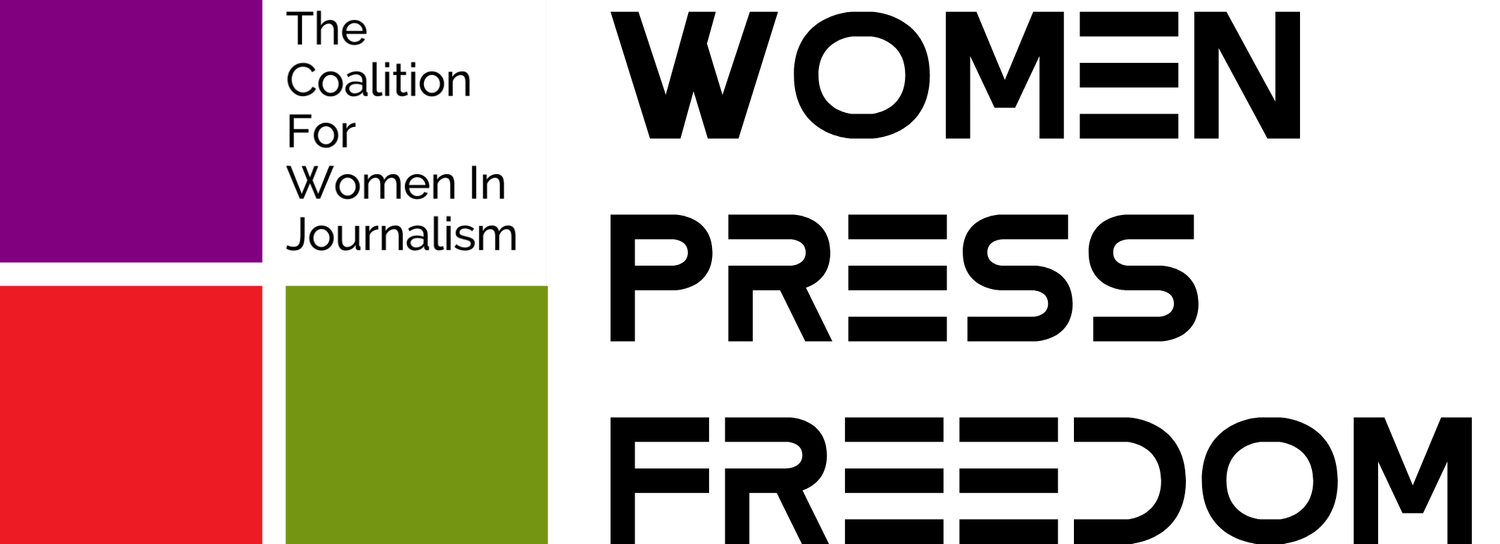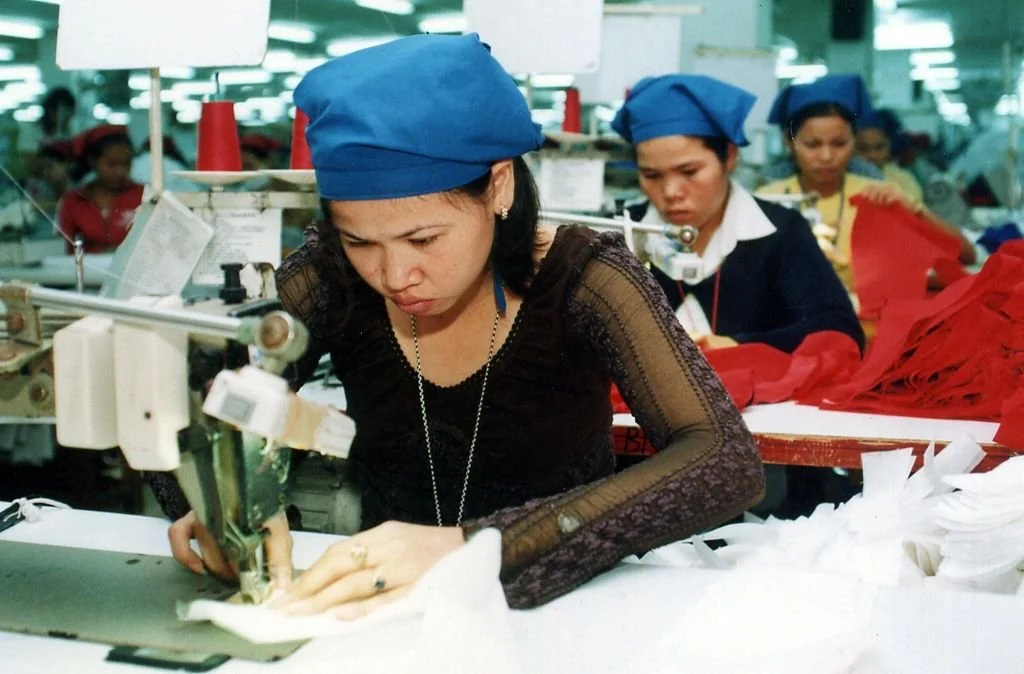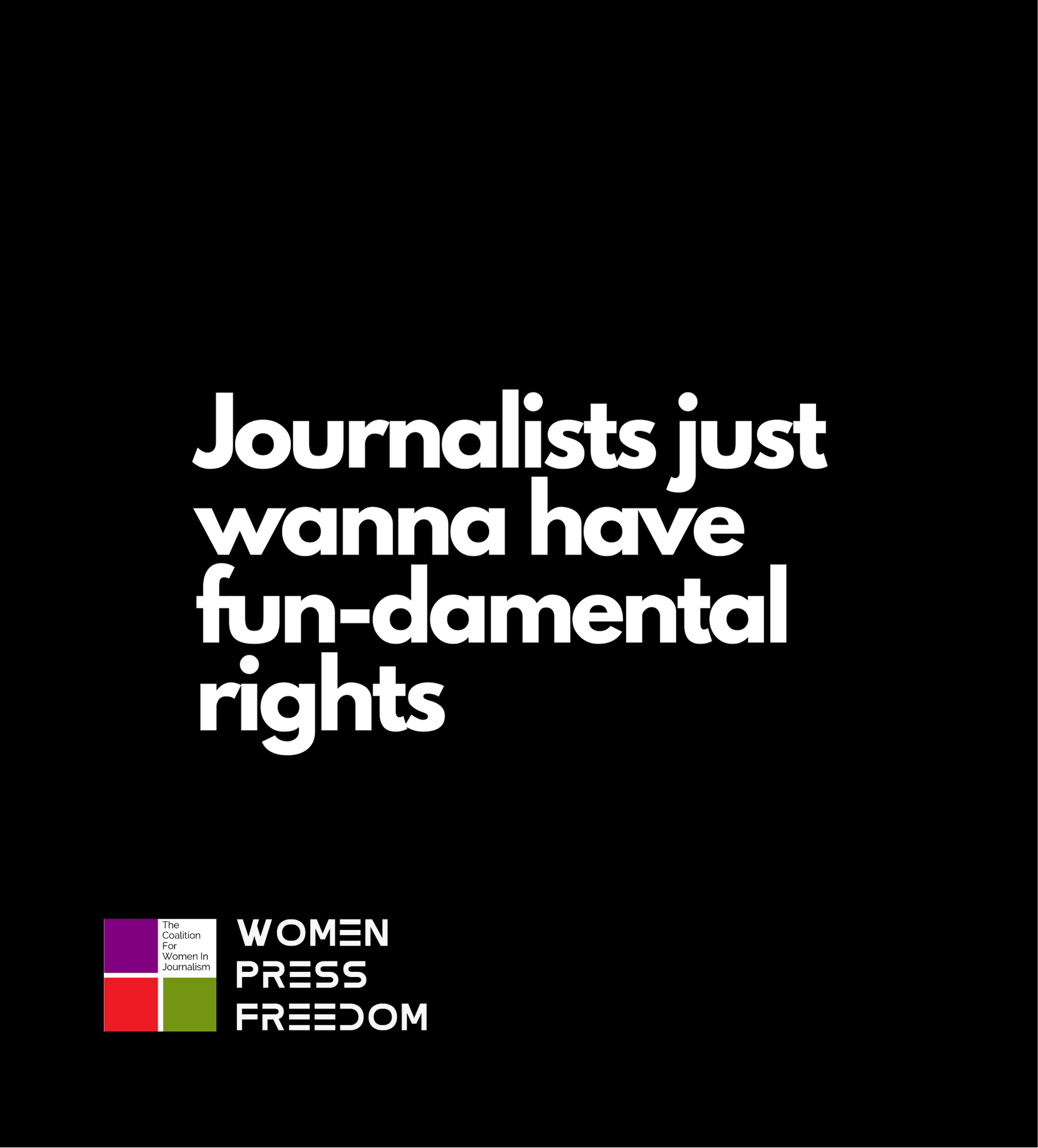Reporter’s Notebook: How Heat Impacts Fashion’s Global Workers
“After several hours, the heat made it difficult to concentrate fully. But I could always take a break”
By Louise DonovanDate: May 6, 2024Originally published by The Fuller Project
In January, I traveled to Phnom Penh, Cambodia’s capital, to report on how climate change is impacting the lives of the country’s garment workers. Sitting in the back of a tuk-tuk, hot air blowing on my face, I took a screenshot of the temperature on my iPhone: 89.6°F. Although the Southeast Asian country is known for its tropical climate, January is meant to be one of the cooler months.
After several hours, the heat made it difficult to concentrate fully. But I could always take a break. For the country’s nearly one million garment workers – the majority of whom are women – this isn’t so easy. In interviews, they told me soaring temperatures inside factories impact their productivity. They often feel ill or faint, while managers become verbally abusive when they miss hourly targets due to the heat.
“We need more oxygen,” Leakhena, a seamstress, told me. “I cannot breathe properly.”
We know that fashion has had a devastating impact on the planet, producing more greenhouse gas emissions than aviation and shipping combined. But I wanted to dig into how climate change is impacting workers in the $2.5 trillion industry.
To do this, we looked at three key points in fashion’s global supply chain, from India’s cotton farmers, who produce the very fibers needed to make our T-shirts, to Cambodia’s garment factories and Ghana’s Kantamanto — one of the world’s largest second-hand markets, where clothing discarded by Western consumers is resold. Each step of the way, we found a largely female workforce suffering from climate change-related issues, such as extreme heat or flooding.
Journalist Snigdha Poonam traveled to Gujarat, on India’s western coast, where she found women picking cotton in sun-baked fields in temperatures of roughly 113°F.
“The heat makes our skin itch,” Jessuben Jhapra, a farmer, told her. “Heat rash can erupt all over the body.”
At the very end of the chain, environment journalist Albert Oppong-Ansah, based in Ghana, spoke with young women who transport bales of clothing around Kantamanto. They play a crucial link in the second-hand supply chain but lose vital wages when flooding prevents trade. We tracked several brands across each country, including Walmart, Gap, Old Navy, Primark and H&M.
As global temperatures soar, with 2023 the hottest year on record, the once under-explored link between climate change and labor is fast becoming an urgent issue. Unless extreme heat and flooding are addressed, countries vital for fashion production, including Cambodia, risk losing $65 billion in export earnings and one million potential jobs by 2030, according to Cornell University in New York.
The issue isn’t confined to workplaces either. At least not in Phnom Penh, where I chatted with women in their homes after their shifts ended. Often single-bedroom dwellings with low, metal roofs, there is little protection against extreme weather. Small fans simply blew out warm air. Several described them as unlivable in the hotter months.
“I want to see change,” said Leakhena. “The heat is making us more exhausted every day. We don’t know what impact it will have on our health after five or 10 years. And by that point, it’s already too late.
Read the full story here.
Louise Donovan is an award-winning journalist, focusing on investigations and global reporting. She covers human rights, labor exploitation and international supply chains, often at the intersection of climate change or health.
Prior to this, she worked closely with the editorial team of Kenya’s largest newspaper, The Nation, teaming up with Kenyan journalists to cross-publish stories in both African and international outlets.
Her work has been published in The New York Times, The Guardian, TIME, The Associated Press, CNN, Foreign Policy and Vice World News, among others.
Louise’s groundbreaking stories have taken her across the globe, from Africa to the Middle East and Latin America. Several have led to systemic changes in garment factories and helped rescue migrant workers in exploitative conditions
She won a One World Media award for her reporting on sexual violence in India, while her work examining the deadly consequences of curbing reproductive rights in Kenya was shortlisted for the Anthony Shahid Award for Journalism Ethics. In 2021, she won the ILO’s Labor Migration award for reporting on domestic workers in the Gulf using TikTok, published with The New York Times.
Previously the Deputy Digital Editor of ELLE UK, Louise edited the multiple award-winning Warrior series published in partnership with The Fuller Project.
Women Press Freedom is an initiative by The Coalition For Women In Journalism
The Coalition For Women In Journalism is a global organization of support for women journalists. The CFWIJ pioneered mentorship for mid-career women journalists across several countries around the world and is the first organization to focus on the status of free press for women journalists. We thoroughly document cases of any form of abuse against women in any part of the globe. Our system of individuals and organizations brings together the experience and mentorship necessary to help female career journalists navigate the industry. Our goal is to help develop a strong mechanism where women journalists can work safely and thrive.
If you have been harassed or abused in any way, and please report the incident by using the following form.



